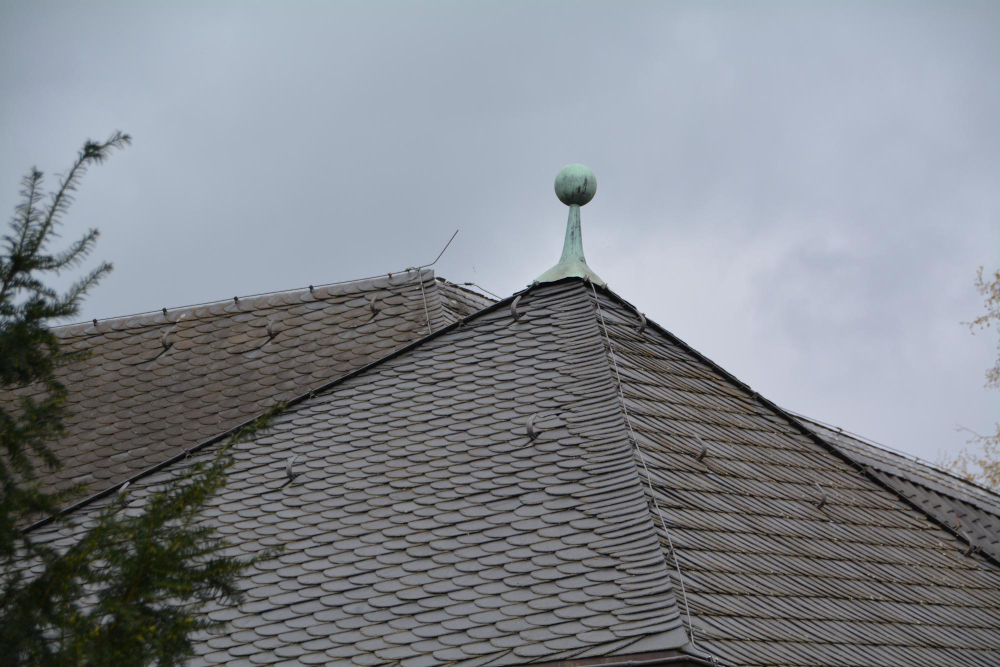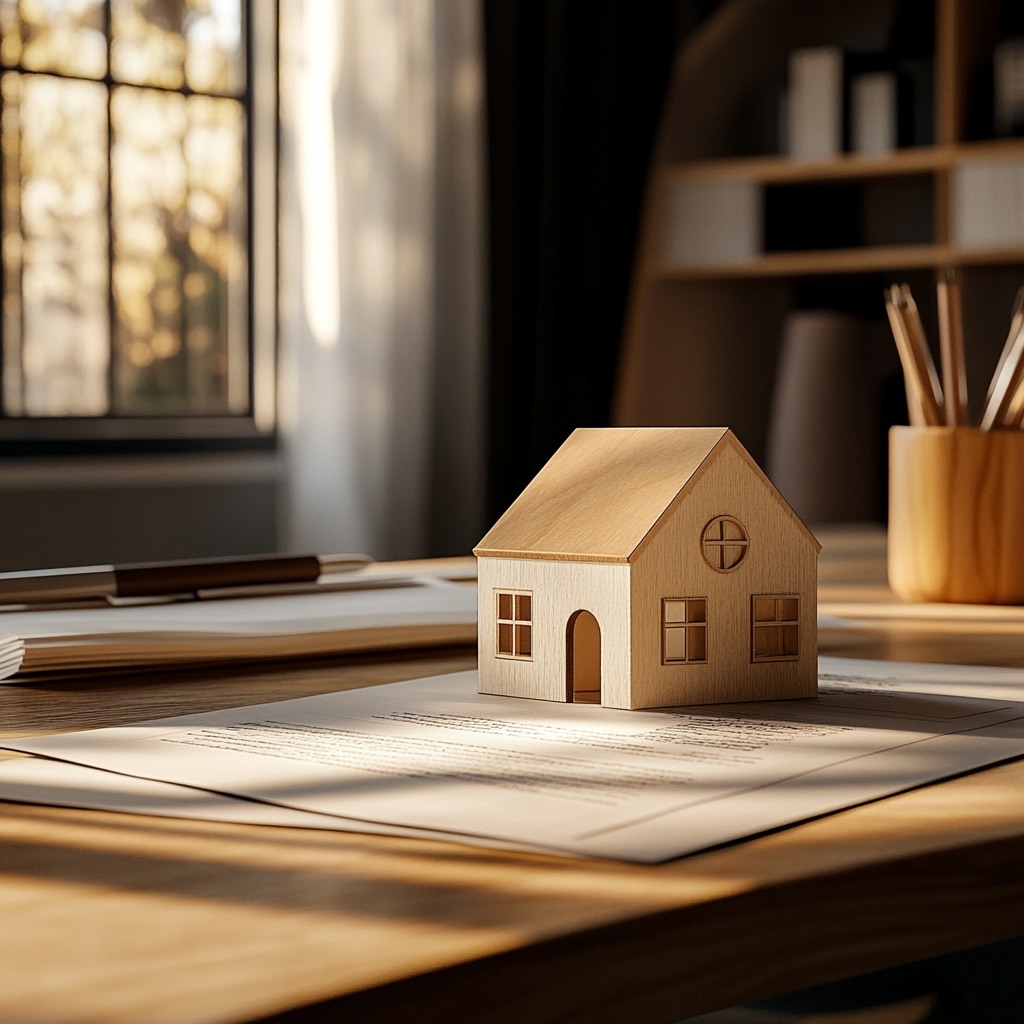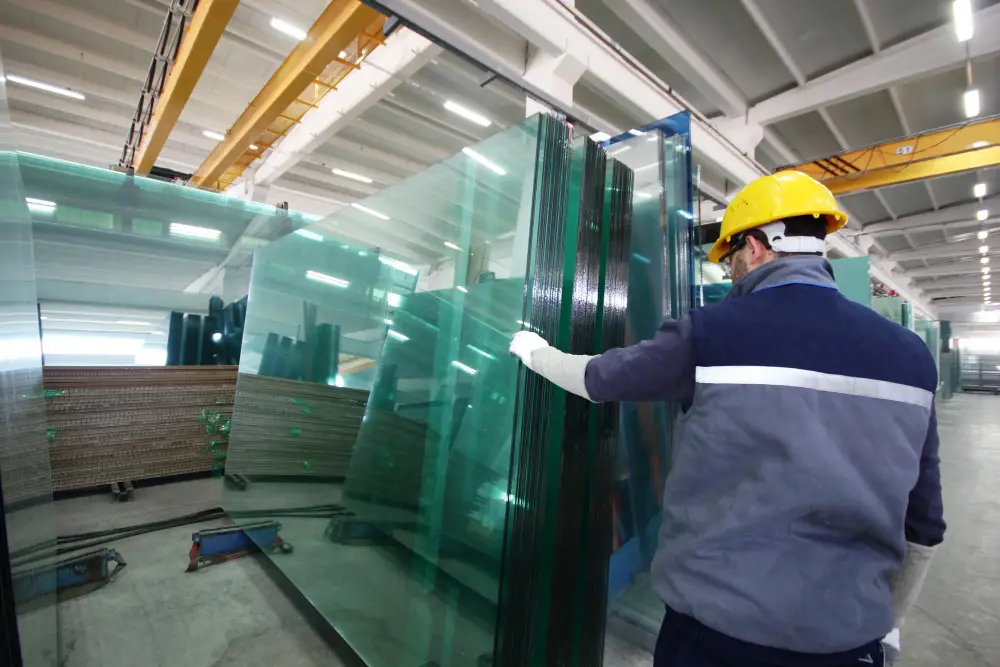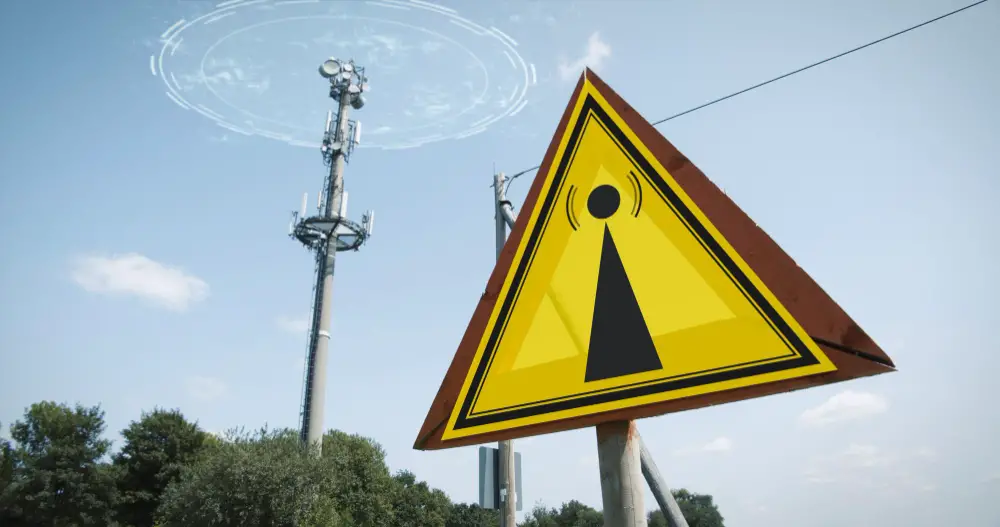Your roof is an essential part of your home, protecting you and your family from the elements. But with constant exposure to harsh weather conditions, it’s no surprise that roofs can develop issues over time.
As a homeowner, it’s important to spot these issues early on and address them before they become major problems. Not only can this save you money in costly repairs, but it can also ensure the safety and longevity of your home.
In this blog post, we’ll discuss how to spot roof issues to stay on top of your home maintenance and keep your roof in tip-top shape. Here are the signs you should be on the lookout for.
Missing or Cracked Shingles

Missing or cracked shingles are one of the most obvious signs that your roof may have issues. Shingles serve as the first line of defense against harsh weather conditions, and if they are missing or damaged, it leaves your roof vulnerable to leaks and damage. You can easily spot missing shingles by visually inspecting your roof from ground level or using a ladder for a closer look.
If you spot any cracked shingles, this could be a sign of age or wear and tear. You can contact roof repair specialists to replace these damaged shingles and prevent further issues. They will also be able to assess if there are any underlying issues causing the damage.
Leaks or Water Stains on Ceiling
If you notice water stains on your ceiling, this is a clear indication that your roof has leaks. These leaks can be caused by various factors such as damaged shingles, clogged gutters, or even improper installation. It’s important to address these leaks as soon as possible, as they can lead to more significant issues like mold growth and structural damage.
To fix a leaking roof, you may need to call in professional help, especially if the damage is extensive. In addition to fixing the leak, it’s also essential to address any underlying issues that may have caused it. Regularly checking your roof for leaks is crucial to catch them early on and prevent any potential damage.
Excessive Granule Loss

If you have an asphalt shingle roof, you may notice granules accumulating in your gutters or at the base of downspouts. While some granule loss is normal, excessive amounts can be a sign of roof issues. These granules help protect your shingles from UV rays and provide fire resistance, so their loss can leave your roof vulnerable.
Excessive granule loss can be caused by aging shingles or improper installation. If you notice a considerable amount of granules in your gutters, it’s best to have a professional inspect your roof for any underlying issues and address them accordingly. Regular maintenance can also help prevent this issue from occurring in the first place.
Sagging or Uneven Roofline
A sagging or uneven roofline is a clear sign that there may be structural issues with your roof. This could be caused by rotting or damaged support beams, improper installation, or excessive weight on the roof, such as accumulated snow or debris. If left unchecked, this can lead to more severe issues like roof collapse.
It’s important to address a sagging or uneven roofline immediately by calling in a professional for an inspection. They will be able to determine the cause of the issue and provide necessary repairs to ensure the structural integrity of your roof.
Peeling Paint or Mold Growth on Walls
Peeling paint or mold growth on walls can be indicative of roof issues, specifically leaks. If there is a leak in your roof, water can seep into the walls and cause damage, leading to peeling paint and mold growth. These issues not only affect the appearance of your home but can also pose health risks to you and your family.
If you notice any signs of peeling paint or mold growth on your walls, it’s essential to have a professional inspect your roof for leaks and address them promptly. Regularly checking your walls for these signs can help catch issues early on and prevent further damage.
Increased Energy Bills
Lastly, if you notice a sudden increase in your energy bills, your roof may be to blame. A damaged or poorly insulated roof can result in heat loss during the winter and cool air escape in the summer, causing your HVAC system to work harder and use more energy. This not only leads to higher energy bills but also puts more strain on your system, potentially shortening its lifespan.
Regularly checking your attic for proper insulation and addressing any issues with your roof’s ventilation can help keep your energy bills in check. If you notice a significant increase, it’s best to have a professional inspect your roof for any underlying issues that may be causing the problem.
Regular maintenance and inspections are crucial for spotting roof issues early on and preventing major problems down the road. Keep an eye out for missing or cracked shingles, leaks or water stains on your ceiling, excessive granule loss, sagging or uneven roofline, peeling paint or mold growth on walls, and increased energy bills.
If you notice any of these signs, it’s best to call in professional help to address the issues and ensure the longevity and safety of your home. Don’t neglect your roof – with proper care and attention, you can keep it in top shape for years to come.
Recap




